Building Bridges: Fostering Community Amid Polarization Blog Post Series – Part 4
Part 4: Next Steps
Written by Dr. Margaret Robbins, Jared Colley, Alexandra Blumencranz, and Ann Marsh Rutledge
This blog post series addresses how schools can foster essential dialogues about civics and participatory democracy while protecting their communities from the harmful effects of polarization. It provides practical strategies for building environments where meaningful discourse can thrive and where students, teachers, and stakeholders feel safe to explore, learn, and apply their knowledge for positive impact.
How can schools cultivate a sense of belonging to engage students in authentic dialogue on topics essential to their identity and civic development? The approach will vary based on each school’s unique mission, vision, values, context, and setting. However, research indicates several effective strategies for initiating this process in any educational organization. By implementing these foundational next steps, leaders can foster an environment that promotes inquiry, integrity, and impact, ensuring that all school stakeholders are empowered to shape futures where diverse voices are heard, individuals feel valued, and the collective good is prioritized.
To ensure that a container is set for authentic dialog in spaces where everyone belongs, we recommend, both in this blog post and the one that will follow, several steps for making such a complex process a successful one:
STEP ONE: Make a commitment
While we cannot predict the future or control the actions of every community stakeholder, we can establish a strong foundation by making clear, written commitments. By articulating our values and objectives, we create a shared understanding of our organizational space dedicated to belonging and care. It’s essential to regularly evaluate our actions, protocols, and policies against these commitments, ensuring accountability and fostering a culture of responsibility among all members of the community. The Mount Vernon School developed an Inclusion, Diversity, Equity, and Action statement that makes explicit the school’s promise to all of its diverse community members.
What might that commitment look like at your school or organization? Consider how your mission, along with the collective wisdom and experience of your community members, can shape the specifics, tone, and aspirations of your stated commitments.
STEP TWO: Establish a Framework to Set the Container
Just as it is crucial to make your commitments explicit and publicly accessible, it is equally important to create a framework that upholds, practices, observes, and celebrates those commitments. In the spring and summer of 2024, The Mount Vernon School developed the foundations of this framework using their Integrity Blueprint, which facilitated dialogical experiences for all stakeholders and community members. The school emphasizes the importance of dialogue—rather than debate—across differences, and the Integrity Blueprint provides a structured approach to enhance this vital practice.

This framework is designed to promote the self-actualization of every learner and community member—a state the school refers to as “self-leadership.” How might your organization create a framework that encourages pluralistic dialogue and interactions, ensuring that integrity is upheld and that exchanges remain genuine and respectful? While we cannot control the actions of others or prevent mistakes, we can cultivate a culture that nurtures self-leadership, allowing expressive freedom to serve as a courageous and conscientious bridge-builder rather than a source of division.
STEP THREE – Anticipate Future Challenges and Opportunities
Learning organizations are inherently complex and dynamic, as the process of learning often involves mistakes and stumbles. To enhance engagement and prepare students for real-world challenges, it is essential that our educational experiences reflect the complexities of life. This necessity is particularly evident in Humanities and Civics classes, where discussions about sensitive and potentially harmful topics are common. How can we proactively address the threats and challenges that arise when engaging with controversial, triggering, or dehumanizing curricular material? How do we build regenerative capacity and communal trust to navigate these complexities?
To foster capacity and trust among all community stakeholders, it is crucial for teachers and administrators to develop clear, publicly accessible protocols and norms for selecting and teaching sensitive materials. These guidelines should prioritize the core reasons behind teaching such material, framed by guiding questions: How do we ensure every student feels valued and safe in our learning spaces? How can we facilitate conversations that promote deep understanding and dialogue across differences? What specific guidelines can support both teachers and students when exploring curricular content related to gender, sexuality, ability, nationality, and other socially constructed identities?
From a student development perspective, we must clearly articulate the importance of exploring challenging curricular material and the role of instructors and the broader school community in supporting this process. Key questions to consider include: How can we help students acquire the vocabulary and intellectual empathy necessary to discuss difficult topics? How do we encourage them to communicate and empathize with individuals who possess different perspectives and experiences? Engaging with potentially divisive topics and authentic curricular content is essential for fostering competencies in empathy, conflict navigation, and collaboration. However, parents and the broader community must trust that faculty and administrators can safely facilitate these discussions, reducing harm and protecting the dignity of all individuals involved.
To build this trust, we recommend developing and publicly sharing protocols for selecting controversial curricular materials. This ensures that the rationale behind curricular choices is transparent and defensible. Additionally, schools should establish norms and guidelines for teaching these materials, including strategies for addressing potential missteps. The Mount Vernon School exemplifies this approach by collaborating with both the Humanities and Inclusion, Diversity, Equity, and Action teams to create their “Protocols and Guidelines for Teaching Curricular Materials with Dehumanizing Content.” The resource’s success stemmed from hosting workshops where faculty could test these protocols in various scenarios, fostering collaborative exchanges that strengthened shared understanding and prepared educators to guide students through complex subject matter safely and thoughtfully.
By making values-informed commitments to set the container for dialoguing across difference, all while building capacity to anticipate the challenges such conversations entail, schools can begin to engage more proactively with the uncertainties of today’s polarizing forces of influence and are able to do so in ways that empower organizations and its stakeholders to shape both near and far futures toward more preferable outcomes. In the next post, we will offer three more next steps that will help position our organizations more strategically to shape futures toward a school experience that puts people, protection, practice, and programs before polarization such that connection crosses the divides of difference to sustain a diverse community of interdependent learners and professionals.
